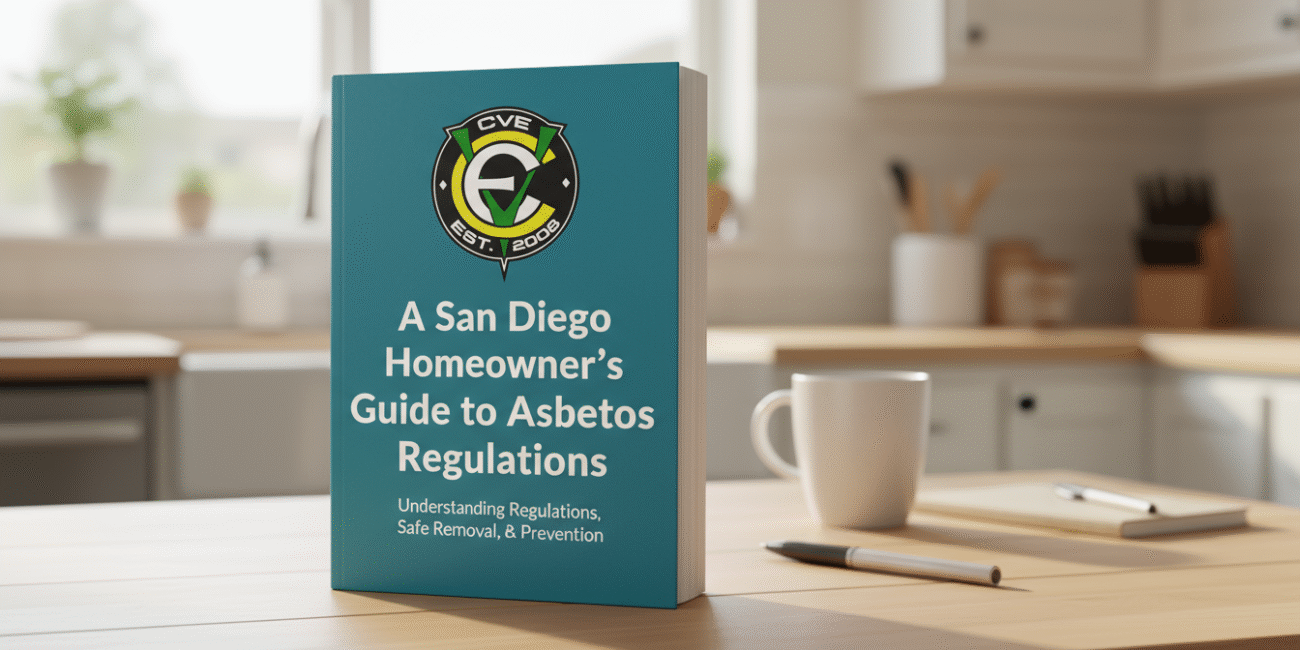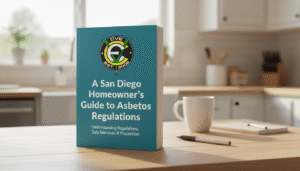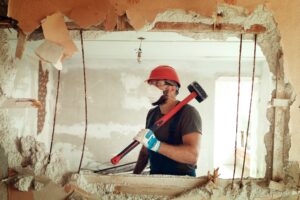
Mold in California: A Guide to Identification, Health Risks, and Professional Remediation
Mold in California: A Guide to Identification, Health Risks, and Professional Remediation Why California’s Climate is a Breeding Ground for Mold While California is celebrated for its diverse and often idyllic climates, the very environmental factors that make regions like






